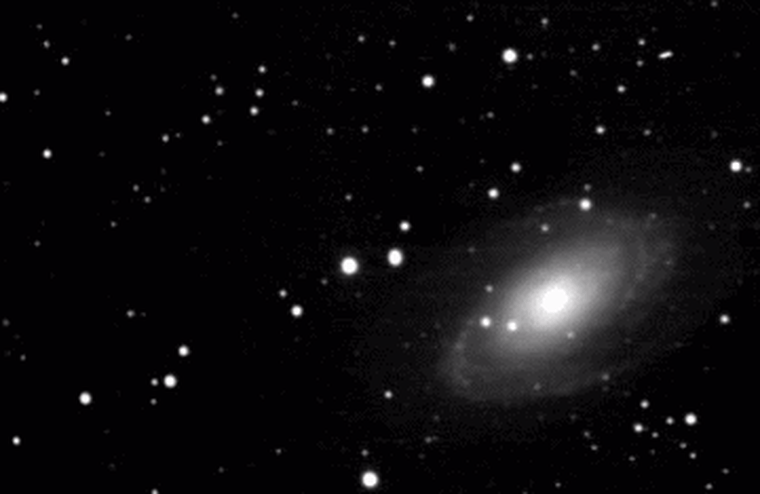An asteroid is flying past Earth on Friday night at a minimum distance of about 2 million miles. That's about nine times farther away than the moon.
There is no danger of collision. And that's a really good thing. This space rock, named 2006 VV2, is more than a mile wide (about 2 kilometers), according to the Web site SpaceWeather.com. If one that big did hit Earth, it would destroy everything for hundreds of miles around and likely upset global commerce and create climate change unlike anything seen in modern history.
The rock will be far too dim to see with the naked eye. Seasoned backyard astronomers will try to spot it with good-sized telescopes and CCD cameras, however.
The best viewing locations will be in the Americas, according to SpaceWeather.com. The rock will pass directly over Southern California at about 11 p.m. PT.
Astronomers have cataloged hundreds of asteroids larger than a half-mile that sometimes pass in the vicinity of Earth's orbit. None are known to be on a collision course, but more remain to be found. One asteroid, called Apophis, will pass very close to Earth in the year 2029 and has a minor chance of hitting the planet in 2036. Some have called for a mission to track Apophis more closely by attaching a device to it.
